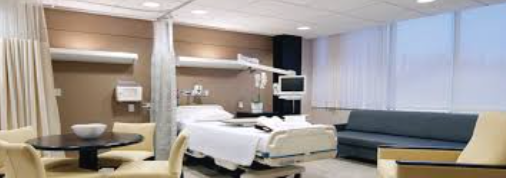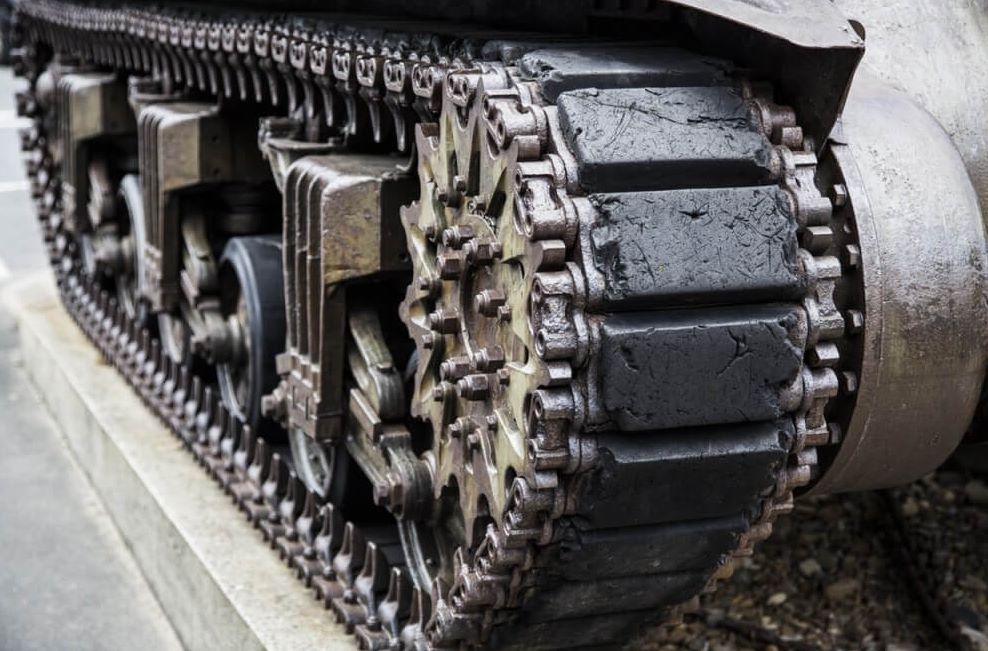
lighting requirements measurements in Hospitals, Offices, factories
Hospitals have different lighting
requirements due to their different departments and purposes. Lighting
designers and engineers must consider the quality of light, which has significant
effects on human health and can contribute to patient recovery. Energy
consumption is also crucial, but providing necessary lighting conditions and
patient comfort should be a priority.
Glare is an important element in hospitals,
as patients are resting for extended periods without moving, which can cause
eye strain and other health problems. Minimizing the flicker effect in light is
crucial, as it can cause headaches and eye strain. Flicker-free lights are
recommended for hospitals.
Lighting requirements range from 100 lux to
100000 lux in various areas, with recommended light levels ranging from 200 lux
in general purpose rooms to 1000 lux in surgery. Glare rating limits are set at
UGRL 19 and 22, and the color rendering index (CRI) should be greater than 80
or 90 in some areas.
The international standard EN 12464-1
provides all necessary information for lighting in hospitals and health
facilities, but it should be analyzed in detail to ensure that each area's
requirements are met. The glare rating limit and CRI should be met to ensure
the best possible lighting conditions for patients and staff.
Household illumination ranges from
200-500Lux, while part processing requires 300-750Lux. Quality inspection needs
1000Lux, and gem making requires at least 1500Lux. Lux is a unit of
illumination equal to direct illumination on a surface one meter from a uniform
point source of one candle intensity or equal to one lumen per square meter.
The illuminance formula is calculated as E = I / d ², where I is brightness
intensity and d is the distance from the light source to the illuminating
surface.
A light meter is a device that measures
light, with two types: incident and reflective. Incident light meters measure
all light falling onto a subject, while reflective light meters measure the
light reflected by or bouncing off a subject. These devices are commonly used
in life and production, agriculture, photography, cinema, and architectural
landscape design to determine optimal light levels for scenes.
Calibration is essential for maintaining
stability and accuracy in related operations, detecting equipment failures
early for timely correction and repair. A calibration instrument includes a
standard light source (lamp) with color temperature between 2700K to 3200K, a
reference detector with a range up to 20000Lux or more, a DC power supply, a
shuffle table, clamp fixture with vertical and horizontal axis adjustment
tools, a rail assembly with length up to 4m, software, and a laptop/PC supplied
with the system.
Environment conditions include temperature (20 ÷ 25)ºC and relative humidity (30 × 65)%RH. Before calibration, ensure the UUT is clean and free from defects or damage. Connect the calibration system and UUT to a suitable power source, set the lamp power supply voltage and current coarse and fine controls to minimum, and adjust the controls as needed. Allow the light source lamp to stabilize for 15 minutes before calibration. Turn on the PC/Laptop, check battery, and adjust the UUT sensing area. Technicians must be familiar with calibration techniques and the operator manual.
Light meter calibration involves performing
test points at various levels, such as 20, 50, 100, 200, 500, 1000, 2000, 5000,
10000, 15000, and 20000 Lux. The calibration process should be conducted in a
dark room and covered by a black curtain.
The calibration system should be located in
a dark room and covered by a black curtain. The shuffle table should be moved
slowly away from the light source and used to move the Ref. Detector to the
center hole of the baffle assembly. The reading should be stable and recorded
on software. Accud Co. Ltd, AEMC Instruments, Centre Technology, Chauvin
Arnoux, Cooke Corporation, DELO Industrial Adhesives, Duran Electronica, EIT
LLC, Extech, Gigahertz Optik GmbH, GL Optic, GosSEN Foto- und Lichtmesstechnik
GmbH, Greenlee, Hanna Instruments, Hioki E.E. Corporation, Hioki EUROPE GmbH,
IDM Instrument, Instrument Systems, International Light Technologies, KERN
& Sohn, Konica Minolta, Kyoritsu, Leader Precision Instrument Co. Ltd,
LIDlight INC., Line Seiki, LUMEL, Lutron, Magnaflux Europe, MTP Instruments
Inc., Multimetrix, Neurotek, OAI, OVIO INSTRUMENTS, PCE Deutschland GmbH,
Peaktech, Promax Electronics, Pronova Analysentechnik, RayClouds Photoelectric
Technology Co.,Ltd, S.A.M.A. ITALIA SRL, Sanwa Electric Instrument, Sauermann,
SEFRAM INSTRUMENTS, Shanzhen Linshang Technology Co., Ltd., Tecpel Co., Ltd.,
Tenmars Electronics, TES Electrical Electronic Corp., TESTO, TPS, and Trotec
GmbH are among the companies listed.
The Ref. Detector should be replaced with
the UUT and measured for stable readings. Repeat this process for the remaining
test points. After calibration, turn on room light, decrease power supply to
zero, remove the UUT from the shuffle table, turn off and secure all equipment.
Calibrating your light meter is necessary
to maintain accurate measurements and prevent out-of-tolerance conditions. Most
light measurement systems include a meter that measures current or voltage and
a light sensor consisting of a photodiode, filtration, and an input optic.
Meters with broader dynamic ranges and higher levels of sensitivity typically
require more timely adjustment to the zero and calibration of the electronics.
Optical sensors are exposed to various
temperatures, light intensities, and spectrums, which can cause issues like
photodegredation, delaminate transmission, and spectral shifts in sensitivity.
Most light meter suppliers recommend annual calibration and allow an allowable
tolerance for change during the recommended calibration cycle. Units found in
tolerance or showing little/no change can have their calibration interval
extended, while units with damage, wear, or out-of-tolerance conditions may
need a shortened calibration cycle.
For some applications, such as transmission
and reflectance, calibration may not be necessary due to the linearity of the
system. However, periodic calibration of the electronics may still be necessary
to ensure accurate results.




